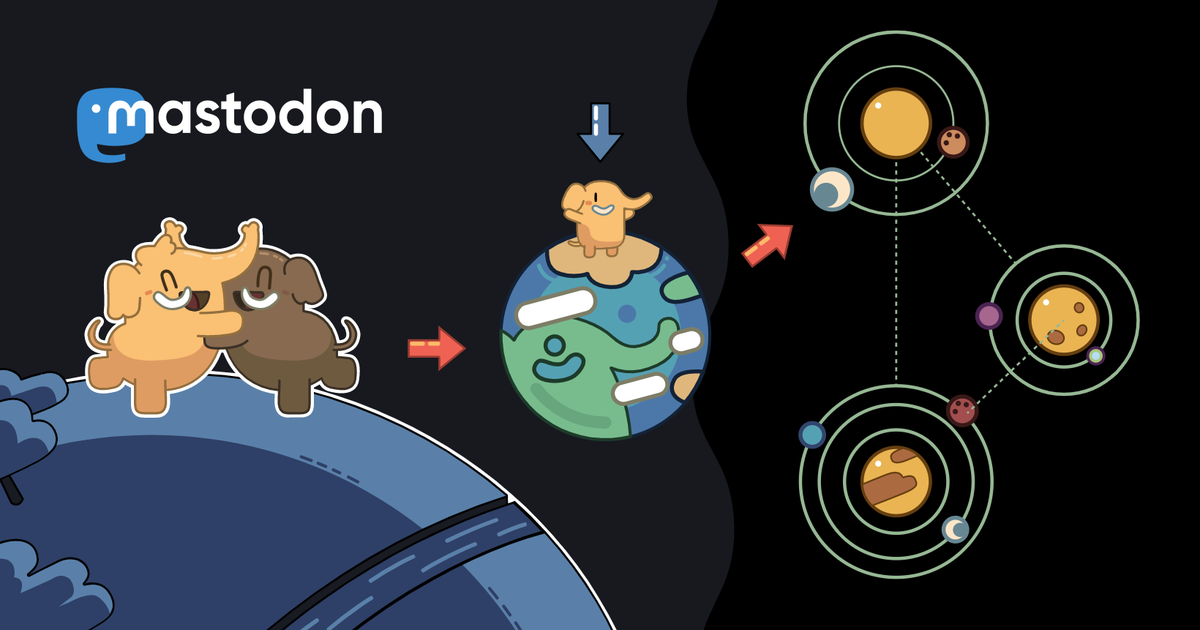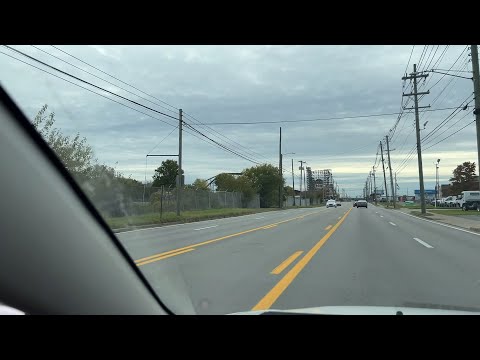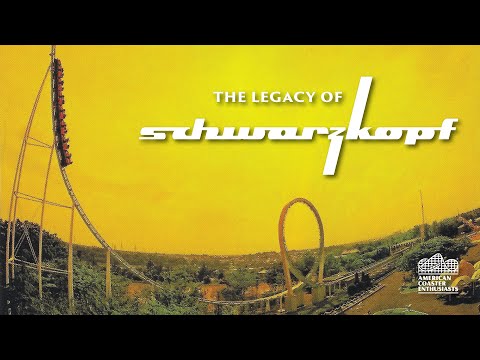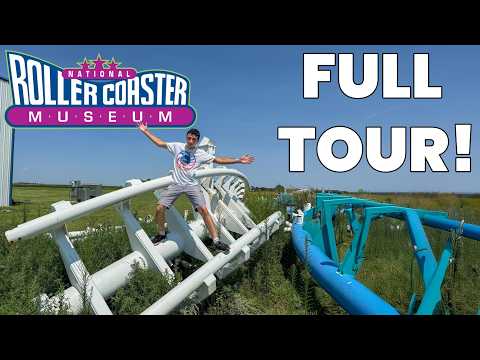In which we inject some novelty again and the general smarts and breadth of appeal go down. This park's lovely to look at though
Episode 102 "Kelce and the Moose" released Saturday night and if you haven't listened yet you can find it at https://sidefriction.com or on your favorite podcast platform.
Episode 101 "Small Parks, a Sweatshirt and Some Chickens" released this weekend. You can find it at https://sidefriction.com or on your favorite podcast platform.
Total Bearloney
Ejector Beartime and Maloney's Coasters discuss everything that's happening in the world of roller coasters...
Great Australian Pods Podcast Directory: https://www.greataustralianpods.com/total-bearloney/
I don't think there's a good reason to keep doing this and that's why I'm doing it #redemptionarc #kingsisland #rollercoasters #themeparks https://youtu.be/wSCDifwskQg
Our day at Copenhagen's Tivoli:
It's finally here. Episode 100 "Do a Line, Get In Line" just released. Thank you for everyone that has been listening weekly. We've brought together everyone who has played a part in getting here to join in this week's conversation.
Check it out now at https://sidefriction.com or wherever you get podcasts.
We just got done recording our 100th episode! We brought everyone back from Coaster Talk and Side Friction and had a blast.
Saturday night you'll get to hear not only from Greg, Ryan, and Bob but also Steph, James and Timmy.
Here's to another hundred!
Subscribe now via RSS so you don't miss it https://feeds.libsyn.com/480825/rss
Rutschebanen at Tivoli Gardens, Copenhagen, which I believe is currently the second-oldest operating #rollercoaster in the world, opened 1914.
This is a side-friction coaster, which means it has no upstop wheels holding it vertically to the track (one of the first to have them was Jack Rabbit at Seabreeze which I rode earlier this year), and this one also has a brake operator who rides on a jump seat in the middle of the train.
It's a good ride that actually gives little pops of airtime on some of the drops, remarkably given the mechanics of it (aside from the train having no upstop wheels, the brake operator basically has no restraint either, so obviously it couldn't give too much). I love the old-school rockwork and many dark tunnels too.
Episode 98 "Not the Fountain!" released this weekend. You can find it at https://sidefriction.com or on your favorite podcast platform. RSS is available as well in our profile or at our website.
Episode 97 "The Ride is Out There" released this weekend. Airtime Myke joins Bob and Ryan in a very strange episode. It's the longest episode yet but potentially one of the most thought provoking. Check it out at https://sidefriction.com or on your favorite podcast platform.
Episode 95 "Show Me the Weather" released this weekend and is available at https://sidefriction.com and on your favorite podcast platform or via RSS. We talk about Disney, the new ACE documentary, some random smaller stories and, of course, the latest in the saga of Six Flags.
You can also subscribe to our show using RSS
https://feeds.libsyn.com/480825/rss
Last Saturday episode 94 "Electric Mayhem" released and if you haven't listened already you can find it on your favorite podcast platform or at https://sidefriction.com
Even with the annoying nods to the fake museum this was a really great documentary that I highly recommend.
If you haven't listened yet we released episode 93 "Unhitched" last weekend. You can find it at https://sidefriction.com or on your favorite podcast platform.
Is there any reason *not* to go to Dorney Park and ride the roller coasters in an attempt to get my kidney stone to pass?
The actual study, where researchers took a model of a kidney on roller coasters and fed kidney stones through it:
https://www.degruyterbrill.com/document/doi/10.7556/jaoa.2016.128/html
News article about the study:
https://www.sciencenews.org/article/riding-roller-coasters-might-help-dislodge-kidney-stones
I could ask my urologist, but I bet he'll say "no" and I guess if I have to hear "no" I'd rather hear it from fedi.
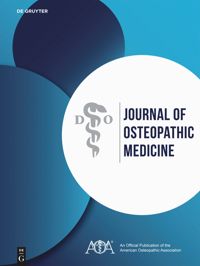
Tour of the nascent National Roller Coaster Museum in Texas:
https://www.youtube.com/watch?v=1uM2bE4IGGM
Lots of memories here--they've got pieces of most of the defunct coasters I've ridden and a couple of still-running ones. They claim to want to turn one of the Canobie Corkscrew's inversions into an entrance arch.
For what it's worth, the comments are full of people expressing skepticism that this place will ever really publicly open. But apparently they do hold periodic events at which you can tour the collection.
Forgot how much I love this Loop Coaster Lego set. Such fun to see it in action, also makes my cats very curious haha.
